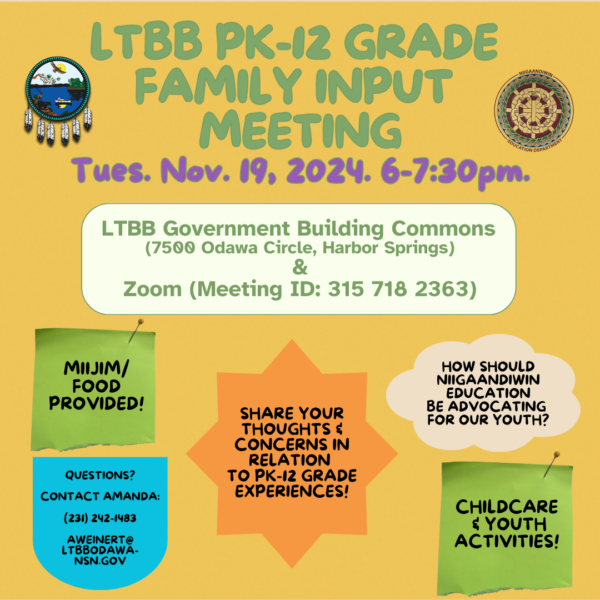General Election: June 28, 2021 Candidates for Tribal Council
RICKY COMPO
TAMARA KIOGIMA
LEROY SHOMIN
DOUG EMERY
WILLIAM ORTIZ
MARCI REYES
KENNETH DEWEY
AARON OTTO
SHARON SIERZPUTOWSKI
SIERRA BODA (WITHDREW 5-14-21)
Tribal staff have expressed special concerns regarding wetland water quality, because LTBB culture relies heavily on wetlands for traditional medicines and cultural activities. A Native Plants Initiative was launched recently to increase awareness of culturally significant plants and uses and to guide staff in developing wetland management guidelines. Chapter 4 of the tribal code established protective measures for wetlands 1/3 acre in size or larger.
LTBB staff monitor a number of wetland sites (Table 4), including some with impaired adjacent waterbodies. Wetlands aid in preventing or mitigating degradation of adjacent waters by moderating storm flows, filtering pollutants, storing and using nutrients, recharging groundwater, and providing habitat and refugia for aquatic and other biota. Overall water quality for wetlands mirrors the general trend for other tribal waters. Wetland areas of highest risk for degradation include those with nearby roads, road/stream crossings, highly erodible soils, nearby developed lands, and wetlands adjacent to steep slopes.
RICKY COMPO
TAMARA KIOGIMA
LEROY SHOMIN
DOUG EMERY
WILLIAM ORTIZ
MARCI REYES
KENNETH DEWEY
AARON OTTO
SHARON SIERZPUTOWSKI
SIERRA BODA (WITHDREW 5-14-21)
BERNADECE (BERNIE) BODA & LINDA GOKEE
REGINA GASCO-BENTLEY & STELLA KAY
(Click Team To Read Their Statements)
BERNADECE (BERNIE) BODA & LINDA GOKEE
REGINA GASCO-BENTLEY & STELLA KAY
(Click Candidate Name To View Their Statement)
Search Code Index
function search(string){ window.find(string); }
LTBB Events
Sun Mon Tue Wed Thu Fri Sat 

Contact SPRING
[ninja_form id=12]
https://app.hellosign.com/s/LJki90VA